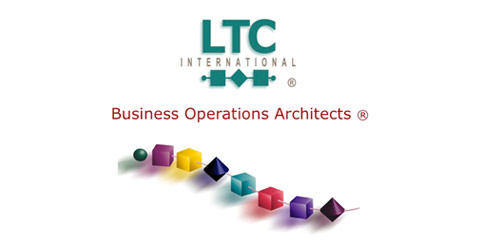|
|

article
page | 1 | 2 | 3 | 4 | 5 | 6 | 7 | 8 | 9 |
working IMS to market, but about one significant process revision that is necessary to survive in the new competitive world order – Collaborative NPI.
Where to Start: Customer or Technology
In the eighties, we saw a great transformation in American business that was perhaps best represented by turnarounds of two great companies: IBM and Chrysler. This transformation had at its root a concept called “customer first.” Iacocca taught that ‘style makes the first sell, but reliability makes the subsequent sales.’ IBM put marketing before engineering and instituted customer surveys and focus groups as a necessary gating stage in the introduction of a new product. These changes invented today’s Business Development role as the lead group of NPI. Both these corporate turnarounds were accompanied by widespread corporate changes in process and culture. Both became legendary examples of corporate reinvention. Yet today, IBM is more a service company and system integrator than it is a technology leader and manufacturing giant. And Chrysler went yet again to the auction block.
|
|
So neither “technology first” nor “customer first” is the correct, long term approach. It’s all about balance… |
|

technology that comes along. If it is just an idea, they will talk about it in their planning teams; if it is tangible, they will make room for it in their labs. This is good for the industry.
But not every technology gets introduced – nor should it. Some just do not work efficiently or economically. For some (technology or service provider), the cost of change is too steep and too abrupt for the service provider to buy in - at this time. It may not mesh with existing network technologies. The younger startup vendors may not have the legs to survive the long planning, test, and purchase cycles typical of service providers. And this testing time is not going to get shorter any time soon. Service providers must try to ensure that the technology does work as promised, and that it can deliver the profits expected. While in the nineties, we introduced a new data network every two and a half years, today this headlong rush of new gear, new gear, has been throttled by lack of capital. And this
|
|
|
|

A focus on customer, while a necessary advance, was not sufficient to ensure a good product. In fact, as a product ages, customer driven requirements can bloat a product with so many features, it loses its focus, and worse becomes too complex to remain agile. This problem can be seen in the OSS/BSS application market. Products like Trouble Ticket Systems have become so onerous to implement that changes to support a new network environment can take 18 months of IT labor.
Despite the commitment of business development teams to listen to their customers, most new product introductions in telecom are driven by technological change. Indeed, most of the evolution of the networks has been and continues to be driven by technological invention. At their heart, service providers know this. The big service providers experiment with every new
|
|

is perhaps good, for a quality network should last and too many new network technologies just continues to confuse the customer.
Technology must be crafted into products that are meaningful for a customer, in any case. Simply, customers choose what to buy. Jerry McDowell, one of the most successful business development professionals in Telecom OSS, has a favorite quote, “It does not matter until someone buys it.” To succeed, the technology must have, or lead to, something the consumer recognizes, and wants – be it IT or Ops buying the OSS vendor’s product, or the enterprise customer ordering capacity in the provider’s network. Identifying this need correctly is where the business development teams can make a difference.
article
page | 1 | 2 | 3 | 4 | 5 | 6 | 7 | 8 | 9 | |
|
|




